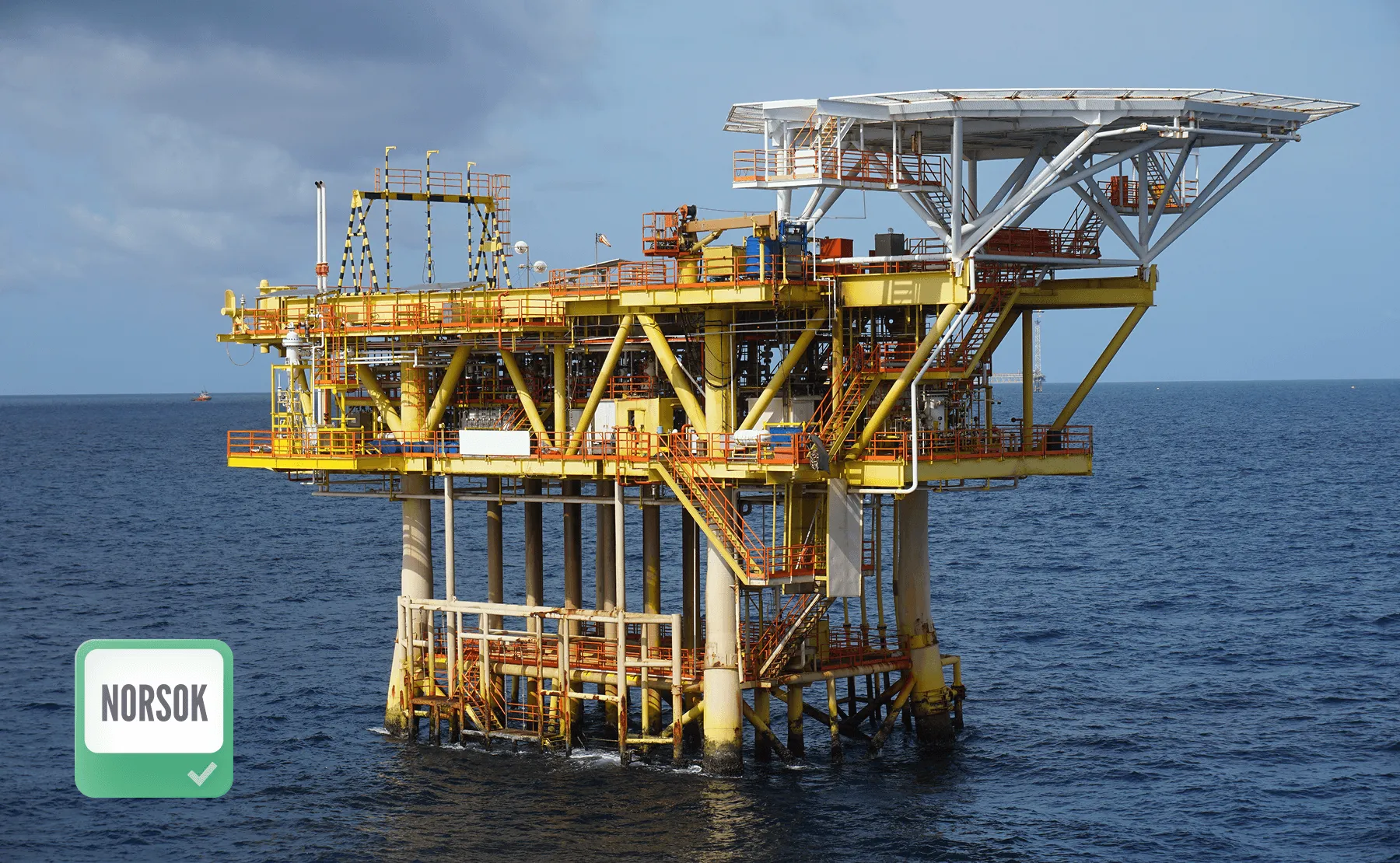Run automated member and joint checks based on NORSOK N-004 (Rev. 3, 2013), directly inside Ansys, Femap, or Simcenter 3D.
Perform axial, bending, and combined stress checks on tubular members without manual formulas or spreadsheets.
Verify tubular joints using predefined formulas and shape recognition—reduce review cycles and errors.
Use the Beam Member Finder to auto-detect buckling lengths, independent of mesh size.
Export calculation-ready documentation structured for classification societies and audits.

NORSOK N-004:2013 defines structural strength and stability requirements for offshore steel structures—specifically tubular members used in harsh environments like the North Sea.
Applies to cylindrical steel members with:
Covers:
This standard follows the design principles of ISO 19900 and references EN 1993-1-1 and NS 3472.
ABS Standards
AIJ Standards
AISC Standards
API Standards
ASME Standards
Australian Standards
British Standards
Bureau Veritas Standards
DIN Standards
DNV Standards
DVS Standards
EN 13001 Standard
Eurocode 3
Eurocode 9
F.E.M. 1.001
FKM Standard
IACS Standards
ISO
Lloyd’s Register (LR) Standards
NORSOK Standards
VDI Standards